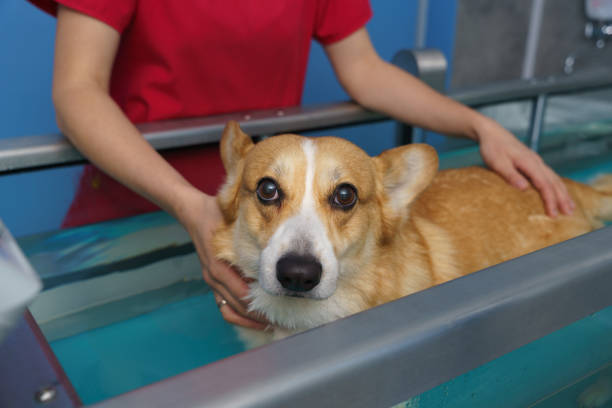Managing seasonal parasites and preventive steps
Seasonal parasites such as fleas, ticks, and mosquitoes can affect pets at different times of year and in varying climates. Effective management combines routine preventive care, environmental control, and attentive monitoring of behavior and health. Understanding practical measures—from grooming to veterinary guidance—helps reduce parasite exposure and supports long-term wellbeing.

Seasonal parasites pose recurring risks for pets, particularly as temperatures and humidity change around the globe. Effective management goes beyond a single product: it combines careful grooming, consistent nutrition and hydration, behavioral observation, and collaboration with a veterinary professional. Prevention lowers the chance of infestations and secondary health issues, while rapid response to signs of parasites limits stress for animals and owners alike.
How can grooming reduce parasite risk?
Grooming is a first-line defense against ectoparasites. Regular brushing removes flea dirt, loose fur and can reveal small ticks before they embed deeply. Bathing with veterinarian-approved shampoos can help eliminate active fleas, and close inspection of the ears, armpits, and groin helps detect hidden pests. Nail care, coat trimming in long-haired breeds, and routine dental checks all contribute to overall resilience; a well-groomed animal is easier to inspect for parasite signs and less likely to harbor infestations that start in matted or neglected fur.
What veterinary measures are recommended for prevention?
Veterinary guidance is essential for safe, effective parasite control. A vet can recommend year-round or seasonal preventives based on local parasite pressure, the pet’s age, weight, medical history, and lifestyle. Common options include topical spot-ons, oral chewables, collars, and injectable products that target fleas, ticks, and heartworm. Vaccination does not prevent most parasites, so combining preventive treatments with routine checkups helps ensure proper dosing and early detection of bites, skin infections, or vector-borne diseases.
How should owners monitor behavior and health for signs?
Behavioral changes often signal parasite issues before visible signs appear. Increased scratching, restlessness, changes in appetite, lethargy, or altered socialization can indicate irritation or systemic effects from parasites. Pay attention to skin redness, scabs, hair loss, or unusual lumps. For seniorcare, signs may be subtler; older pets can have reduced grooming behavior, making inspections more important. Keeping a log of symptoms and recent travel or outdoor exposure helps a veterinarian assess possible parasite-linked conditions.
What role does nutrition, hydration, and dental care play?
Good nutrition and hydration strengthen the immune system, making pets less susceptible to secondary infections from parasite bites. Balanced diets appropriate for life stage support healthy skin and coat; fatty acids and micronutrients contribute to barrier function that deters parasites. Dental health is also relevant: oral infections can reflect systemic issues that weaken resilience. While no diet prevents parasites outright, consistent nutrition and hydration form part of a comprehensive prevention plan alongside topical or systemic treatments.
How can training, enrichment, and safe travel reduce exposure?
Training and enrichment can indirectly reduce parasite risk by shaping safer behaviors. Teaching pets to avoid dense underbrush, tall grasses, or rodent hotspots during walks lowers tick and flea exposure. Enrichment that reduces stress—puzzle feeders, socialization, play—helps maintain immune function. When traveling, research local parasite risks and adjust preventive measures accordingly; use secure carriers, check accommodations for pest issues, and maintain routine firstaid supplies for quick treatment of bites or removed ticks. For multi-pet households, isolate new or rescued animals briefly while monitoring for infestations after adoption.
What additional safety steps and first aid should owners know?
Immediate tick removal using tweezers or a tick tool reduces pathogen transmission risk; grasp the tick close to the skin and pull straight out without twisting. For flea infestations, vacuuming, washing bedding on hot cycles, and treating indoor environments can break life cycles. Safety also means following product labels and veterinary instructions precisely—some antiparasitic drugs can be dangerous if overdosed or given to sensitive species. Keep emergency contact info for your veterinary clinic and local poison control, and maintain a basic firstaid kit that includes gloves, antiseptic wipes, tweezers, and contact numbers for quick response.
Conclusion Managing seasonal parasites requires a multi-layered approach: regular grooming, tailored veterinary prevention, close attention to behavior and health, supportive nutrition and hydration, and sensible travel and safety practices. By combining environmental control with informed product use and routine inspections, pet owners can reduce parasite burdens and protect both animal and household health.





